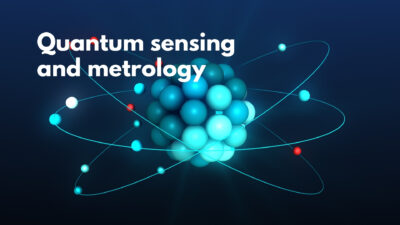NIST’s Quantum Sensors Group is developing advanced microcalorimeter spectrometers that use superconducting Transition-Edge Sensors (TESs) to detect and measure the energy of single photons or particles with high precision. These sensors operate at very low temperatures and are used in a wide range of applications, including materials analysis, astrophysics, nuclear security, and the study of exotic atoms. TES arrays are being used in tools like TOMCAT, which enables nanoscale X-ray imaging of integrated circuits, and in gamma-ray spectroscopy for nuclear safeguards, offering better resolution and efficiency than traditional detectors.
The group is also working on improving X-ray reference data, developing new spectrometers for synchrotron and X-ray free-electron laser facilities, and supporting commercialization of superconducting sensors. Recent projects include a picosecond X-ray material probe and a new initiative called “TrueBq” to improve the measurement of radioactive materials. These efforts are advancing the capabilities of X-ray and gamma-ray spectroscopy, with new instruments and techniques being deployed in research and industry. Some of these technologies are already in use, while others are under development for future applications.
Keywords: superconducting sensors, microcalorimeter spectrometers, Transition-Edge Sensors (TESs)



